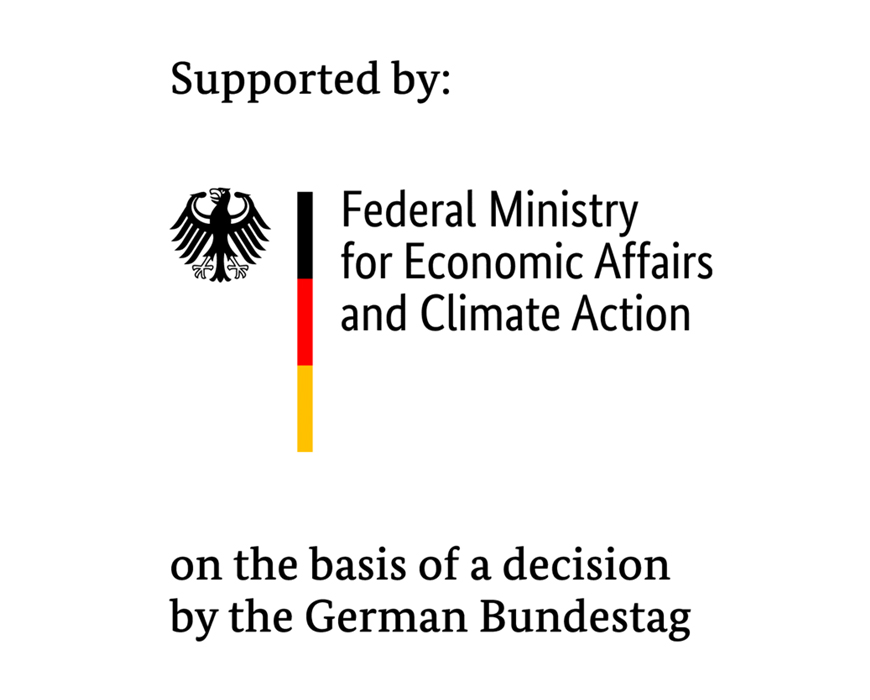At a glance
- The ability to determine wind potential is one of the key prerequisites for successful wind farm planning.
- This is generally done by combining measurements and model data.
- Cost-efficient floating lidar systems have established themselves for measurements at sea, yet they are in part prone to deficiencies in terms of system and data availability.
- As part of the Digital Wind Buoy project, the Fraunhofer IWES is developing a comprehensive measurement methodology which combines measurement data with numerical models in order to procure reliable information on the wind potential.
The challenge
One of the most important foundations for the profitable operation of a wind farm is the quality of the wind potential determination. The more reliably the wind conditions can be determined in advance, the more effective and cost-efficient project planning and realization become.
As a rule, the determination of wind potential is based on a combination of measurement data collated over a period of one to two years at the wind farm site and model data available for a longer period. Since wind measurements are costly but essential for securing financing from a bank, offshore floating lidar systems (FLS) have established themselves as the standard, costing significantly less than the use of wind measurement masts. The disadvantage they present, however, is that they cannot reliably deliver the frequently demanded 100% technical availability, due in part to the rough conditions at sea.
The solution
This is where the Digital Wind Buoy project comes into play. The aim here is to develop a method that overcomes the various limiting factors of data measurement (technical availability, short duration of measurement, limited spatial representativeness) with the help of numerical methods. Overcoming data gaps is only one aspect of this, which, however, needs to be optimally resolved to allow it to be handled integrated with the other aspects.
The added value
The Fraunhofer IWES will develop the corresponding methods to this end. The data for the demonstration study comes from a planned wind farm of the energy supplier EnBW AG, which has carried out a two-year measurement campaign with FLS and is supporting the project as an associated partner.
